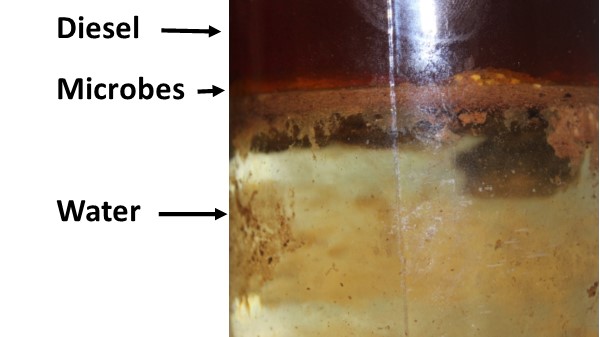
Water is essential for life, but improper storage can turn this life-sustaining resource into a breeding ground for harmful microorganisms. Dirty water storage, a widespread issue in both urban and rural areas, has a direct link to the spread of waterborne diseases. Understanding this connection is crucial to safeguarding public health.
Causes of Dirty Water Storage
Water stored in unclean containers or poorly maintained tanks can become contaminated. Common sources of contamination include:
Poor sanitation practices: Containers used for water storage may not be cleaned regularly, leading to the accumulation of dirt, debris, and microorganisms.
Exposure to external pollutants: Open or loosely covered storage facilities allow insects, rodents, and airborne contaminants to enter.
Lack of infrastructure: In many communities, water storage tanks are old, cracked, or improperly sealed, which allows contaminants to seep in.
Inadequate filtration or treatment: If water is stored without prior treatment or filtration, pathogens already present in the water can multiply over time.
Pathogens and Waterborne Diseases
Dirty water storage creates an ideal environment for the proliferation of pathogenic organisms such as bacteria, viruses, and protozoa. These microorganisms can cause a variety of waterborne diseases, including:
Cholera: Caused by Vibrio cholerae, cholera is characterized by severe diarrhea and dehydration. It often results from drinking water contaminated with fecal matter.
Typhoid: Salmonella typhi bacteria thrive in contaminated water, leading to fever, abdominal pain, and other complications.
Dysentery: Contaminated water is a primary cause of amoebic or bacterial dysentery, which causes severe diarrhea mixed with blood.
Hepatitis A: This viral infection spreads through ingestion of contaminated water, causing liver inflammation and jaundice.
Diarrheal diseases: Various pathogens contribute to diarrhea, which is a leading cause of death among children in developing nations.
Risk Factors
Several factors increase the risk of waterborne diseases due to dirty water storage:
High population density: Overcrowded areas often face challenges in maintaining proper sanitation and hygiene.
Climate conditions: Warm climates accelerate the growth of microorganisms in stored water.
Limited access to clean water: Communities without consistent access to treated water are forced to store unsafe water for long periods.
Preventive Measures
To reduce the risk of waterborne diseases, it is essential to prioritize clean water storage practices:
Regular cleaning: Storage containers and tanks should be cleaned and disinfected frequently.
Proper coverage: Containers should be tightly sealed to prevent external contamination.
Water treatment: Filtering and treating water before storage can eliminate pathogens.
Education and awareness: Communities should be informed about the risks of dirty water storage and taught proper hygiene practices.
Infrastructure improvement: Governments and NGOs should invest in better water storage facilities and sanitation infrastructure.
Conclusion
The connection between dirty water storage and waterborne diseases is undeniable. By addressing the root causes of contamination and promoting safe storage practices, communities can significantly reduce the prevalence of these illnesses. Clean water storage is a vital step toward ensuring public health and preventing avoidable deaths caused by waterborne diseases. Access to safe water is not merely a necessity; it is a right that must be upheld for all.


